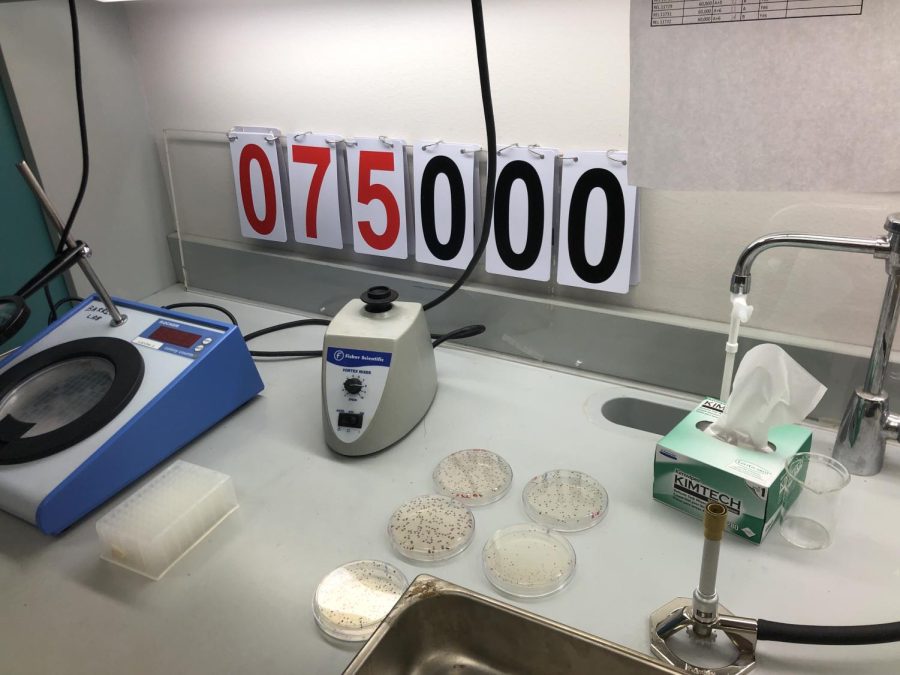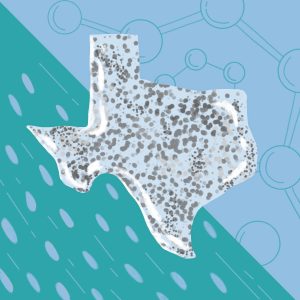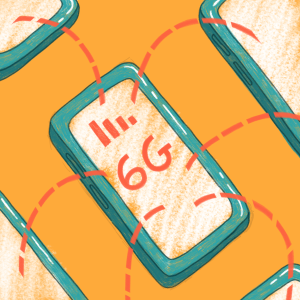34-year-long bacterial experiment comes to UT-Austin
June 27, 2022
A 34-year-long experiment on E. Coli to understand how bacteria grow, reproduce and develop new traits found a new home at UT on June 21.
Originally founded by Richard Lenski at the University of California, Irvine, the E. coli samples have been growing and evolving since 1988 as part of The Long Term Evolution Experiment, which has included over 75,000 generations of E. coli that provide insights into the process of evolution.
The experiment is simple to maintain, said Jeffrey Barrick, the principal investigator of UT’s Barrick Lab, where the E.Coli are being held. Barrick, who is also the director of the LTEE, said each day the E. coli populations are transferred into new mediums, where they compete to consume glucose and produce offspring. Throughout the course of the experiment, samples of the bacteria are continuously frozen to create a record of evolution. Barrick said these samples can be revived at any point, which is useful for comparison to more recent generations.
“Bacteria are a really good study system for doing this because they reproduce pretty rapidly,” Barrick said. “You get many, many generations of evolution happening.”
Md. Hassan uz-Zaman, a doctoral student in the Ochman Lab at UT, attributes the experiment’s success to its simplicity.
“This experiment has been possible to the extent it has specifically because the model is so easy to use, propagate, study and look into, ” uz-Zaman said.
Over the past three decades, the E. coli samples continued to evolve, sometimes in surprising ways, Barrick said. Fifteen years into the experiment, Barrick said one of the lines of bacteria had evolved to utilize citrate, a form of citric acid, as a nutrient in addition to glucose.
“I think one of the really good things is that this is kind of a resource that people have picked up,” Barrick said. “So it’s been really cool that when people develop a new technology that didn’t exist in 1988, they can apply it to these bacteria.”
Barrick said he aims to continue the steady progress of the LTEE but also create ways for the experiment to advance in the future.
“I’ll only be able to carry the experiment forward for a decade, maybe two decades,” Barrick said. “We’re really trying to think about ways to make (continuation) possible.”















